Driving up the valley of the River Ruel, we follow the signs to the ancient stones and find them stacked against the walls of an old mausoleum in the corner of the graveyard of St Modan’s Church in Glendaruel. The old carvings, worn by wind and rain, are like out-of-focus photographs. The fuzzy outline of a warrior with a spear and pointed helmet. A dog and a unicorn locked in combat. And a memorial to one of the ministers of the church with the date of his death, 1636.
The church itself is small and perfectly formed, built in the 18th century on the site of previous places of worship and recently renovated. The door is open. Inside there are pine balconies around the walls and photos of its ministers going back to the 19th century. It speaks of a small community bound together by religion over many hundreds of years.
-
At Otter Ferry, the site of an old crossing over Loch Fyne, stands a solid stone pier where the boats used to tie up. Its surface is covered in grass now, but slippery steps still lead down to the cold clear water, where pebbles shimmer just below the surface.
Behind the pier is an old ferry house converted into a restaurant. Joiners making fixtures for a nearly-finished renovation tell us that it will reopen in a few days. Too late for the coffee we were hoping for.
The beach stretches away to the west, terminating in a long arching spit of gravel reaching halfway across the loch. At its far end, close to a shipping beacon, we see tiny figures slowly making their way back, fearful perhaps of being cut off by the incoming tide.
Finally we arrive at our destination, a restaurant with rooms. In fact the rooms are four purpose-built bothies and two huts close to the shoreline of Loch Fyne. Ours is small but clean and comfortable with a certain minimalist charm. The main window looks across a tidal bay to the ruins of Castle Lachlan, a solid clan stronghold, abandoned after the Battle of Culloden.
As the light fades, the walls of the castle turn a deep honey colour and we walk through the twilight to the restaurant.
The meal is a series of small courses using local and foraged ingredients, each one artfully different from the one before. The flavours range from rich and intense to delicate and fresh. It is undoubtedly the best restaurant meal we have eaten for a long time.
Before breakfast the next morning, we take the footpath to the castle on the other side of the bay. Like so many ancient buildings in Scotland, it is a reminder of a time when lives were shorter, harder and more insecure, in ways which it is now difficult for us to comprehend. I scramble up the rocky promontory where the castle sits and catch a view through an old window of the restaurant and its outbuildings.
Heading home via Ettrick Bay on Bute, we wonder why coastguard vehicles are parked up and patrolmen are walking from one end of the beach to the other.
They explain that a sperm whale has stranded itself on a sandbank and died. When the tide is low enough, a team will go into the water to carry out an autopsy. In the meantime they are advising people not to swim or let their dogs go in the water. The huge corpse, 15 metres long, may already be leaking toxins.
I left the BBC more than a year ago, but still feel the urge to phone it in. Later, G finds the story on the STV website. On the BBC site, nothing.
It’s puzzling. In the years that I worked for the corporation, I covered many stories of strandings - from the Firth of Forth on the east coast to the Western Isles. Maybe whales have fallen out of fashion. Maybe like so many other pressing concerns, they’ve been pushed aside by the great orange cetacean on the other side of the wide Atlantic.
-
From Rothesay on Bute we will catch the ferry back to the mainland. But first there is time for a quick trip to one of the town’s most famous sights. Back in Victorian times Rothesay was hugely popular with tourists from Glasgow and the other booming towns of the west of Scotland. Steamers packed with holiday-makers swarmed down the Firth of Clyde for day trips and longer stays. One or two faded hotels remain. But the toilets next to the ferry terminal are the most striking reminder of those years of wealth and poverty. Marble-effect urinals, sumptuous basins and flushing loos, inscribed with the brand name, “The Deluge”. Everyday luxuries which would have been enjoyed by even the poorest day-trippers from the Gorbals, Govan and the East End.

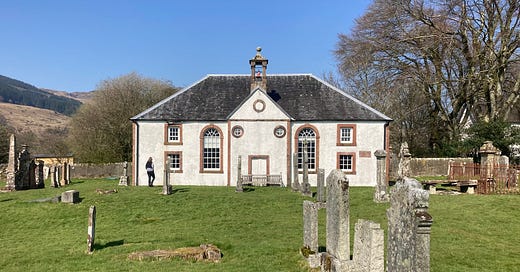



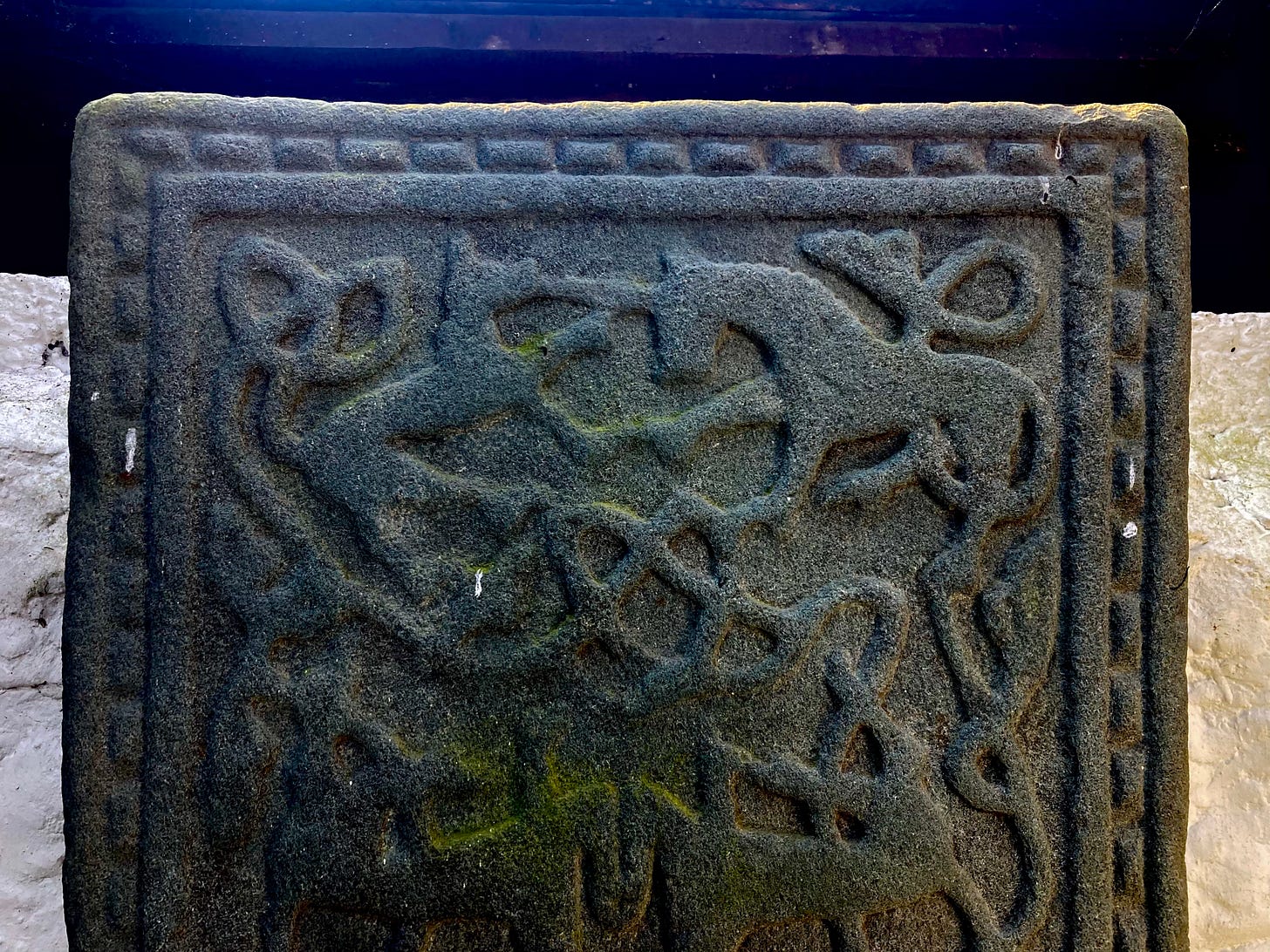
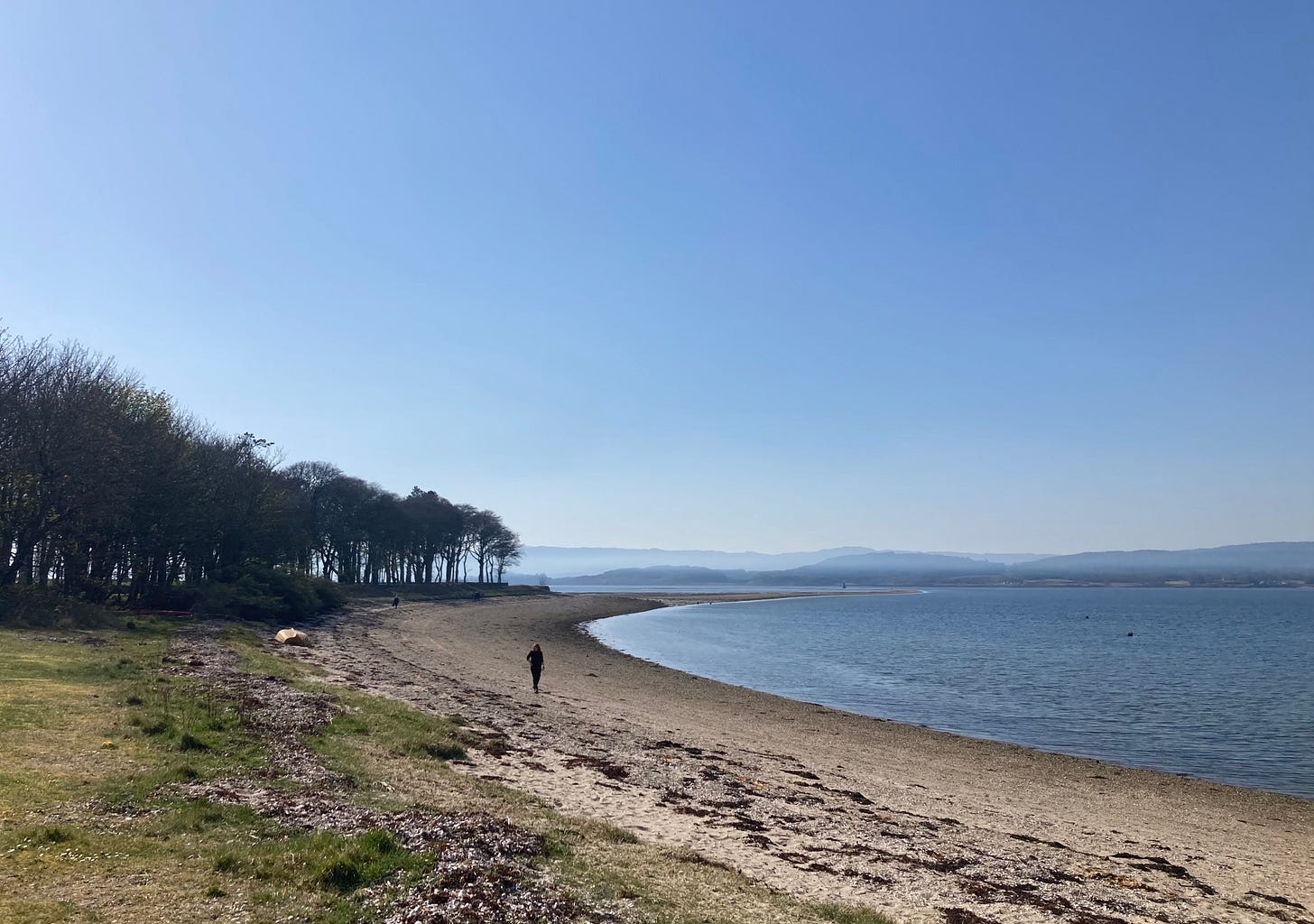
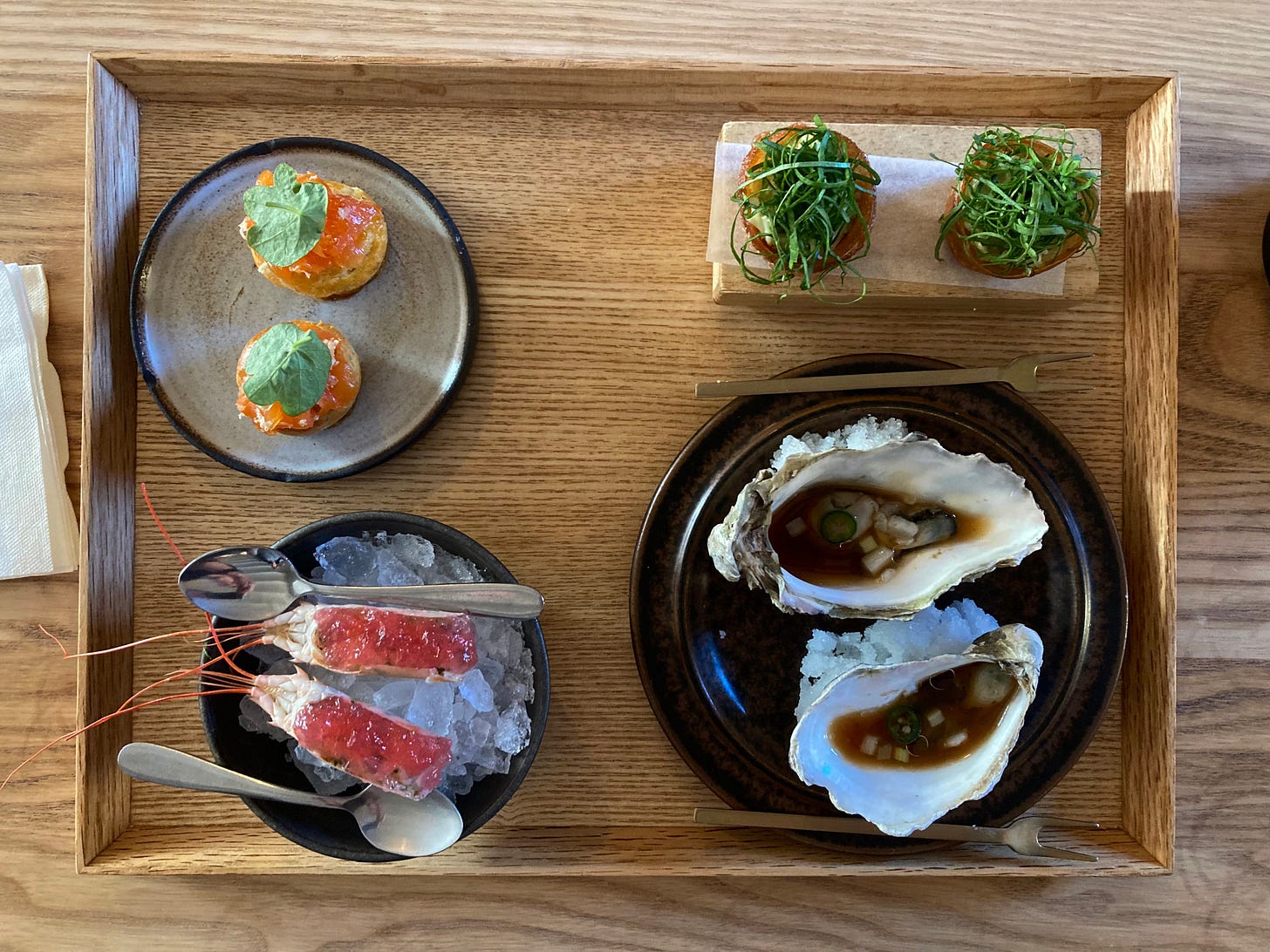
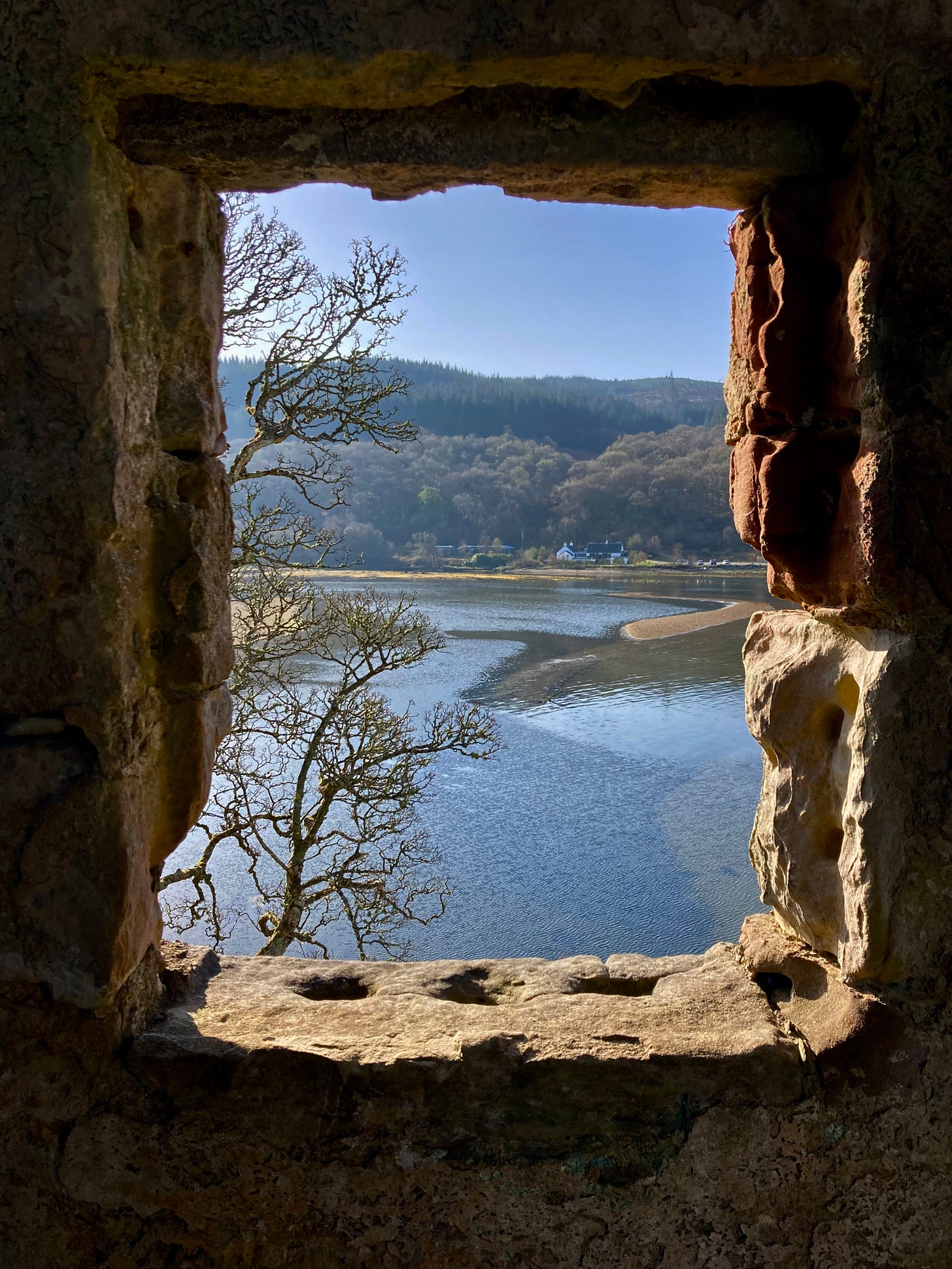
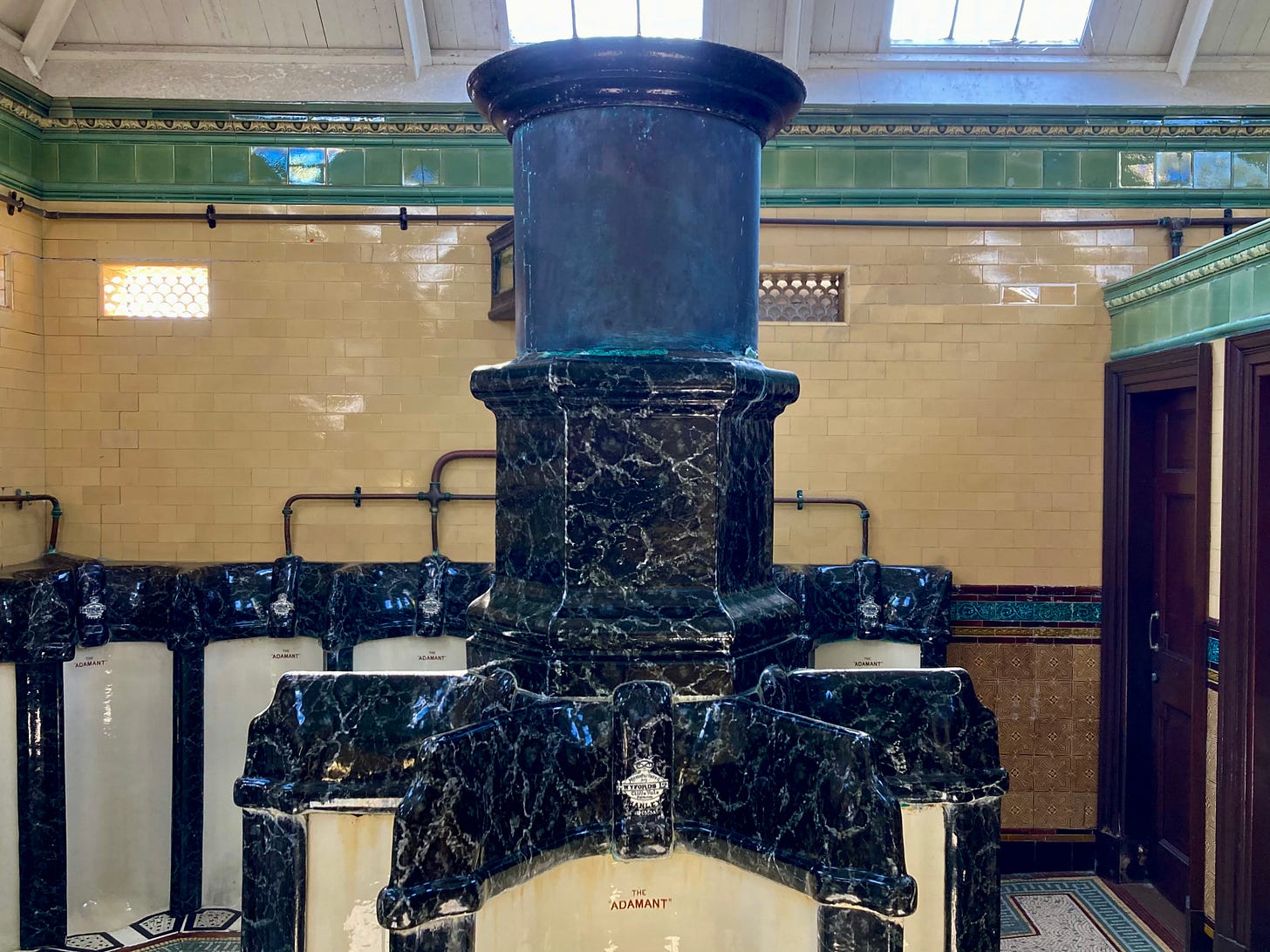
James , your writing transports me and delights me. Thank you. I don't know if you are aware but Grandpa and Grandpa had many holidays in Scotland in their later years, when I was off their hands. They loved the place, the only evidence of their travels are quite a few OS maps which have come into my possession. Not much use to me in Australia. Hoping I can palm them off on some collectors here, together with some older and more historic maps.